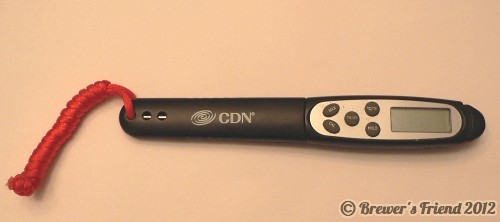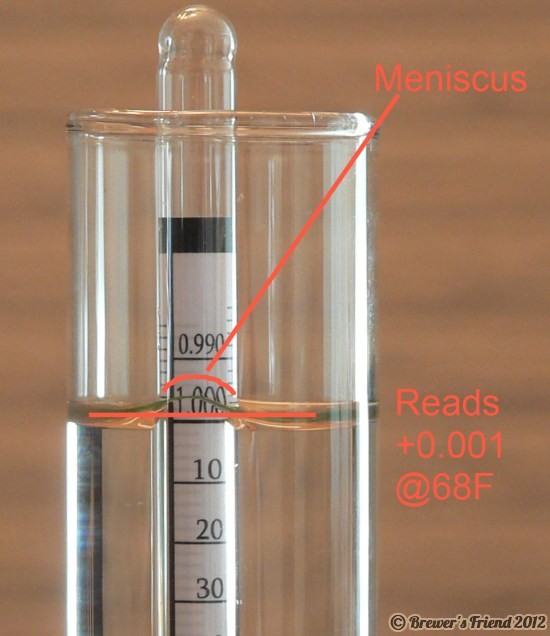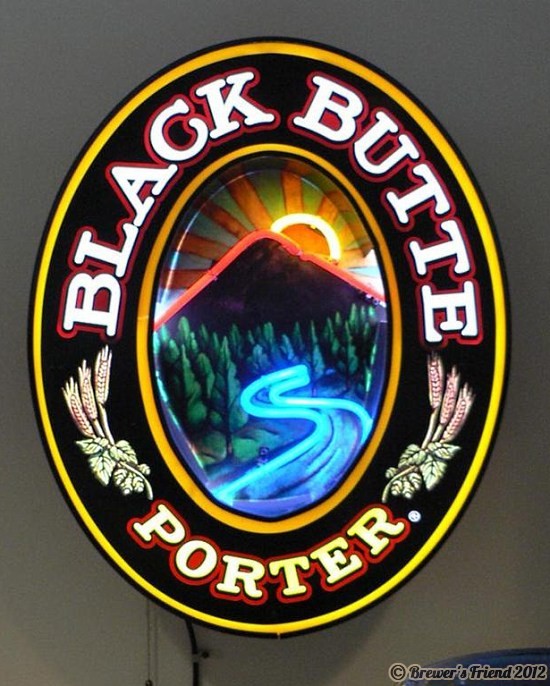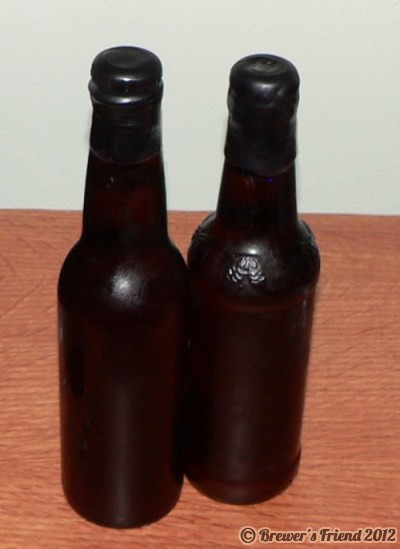Brew Shed Plans The Obsession Continues
Tuesday, January 18th, 2011Home brewing is a fun hobby with many aspects. There is always something to do – a new batch, a do it yourself (DIY) build, or a brew shed.
The progression starts with a $150 kit from a friend and a 5 gallon batch of ale. This can lead to spending hundreds of dollars on equipment, including refrigeration systems, large boil kettles, and even computer controlled brewing sculptures. All this stuff needs a place to be kept. Closets, garages, basements, or a spare bedroom is where it beings to collect. Eventually, the brewer realizes a dedicated space is required. Separation of space is a good thing for the brewer, and for the rest of the brewer’s family.
You know you are seriously addicted to home brewing when you start making plans for a brew shed!
Here is a sketch of what I plan to build in the back yard:

The style is called timber framing or Tudorbethan and echos architecture in Germany/Austria from centuries past. I love the old world look and so does my wife, but it is not for everybody. I wanted room to store all my equipment, space for a computer desk, and lots of natural light. I plan to go with a monastery feel inside. I am thinking of a tile floor that looks like stone. Exposed beams will be faced in walnut. The stained glass window will shine on the brew sculpture in the morning! A real place to meditate on brewing and get away from everything.

Design Considerations:
Some brew sheds double as a bar and hangout area (aka bloke shack). Many feature a man cave theme, hot babe posters, a big screen TV for watching the game, track lighting, and seating. Electrical and plumbing are good to consider, but they increase the cost. I found insulation is expensive, but essential since I want to store my wine out there too. It will have A/C and a heater to keep it between 50F-65F.
The brewing area will have an exhaust fan since I will be using propane initially. Never brew with propane in a non-ventilated area!
This shed doesn’t require permits here in Portland Oregon because of its size and height. It will be within the required property line setbacks. Check with your local building/zoning office to make sure your project conforms to the rules.
Google SketchUp was what I used to draw the plans. Their 3D warehouse is amazing. Someone had already taken the time to design brewing sculptures, kegs, freezers, etc. Look in the ‘components’ section of SketchUp to find that stuff. Very helpful and all free!
Here are the best pages I could find on others who built brew sheds:
https://www.homebrewtalk.com/f19/problems-swmbo-kids-195238/
https://www.jrbrewing.com/brewshed/
https://www.homebrewtalk.com/f11/my-new-brewery-alehouse-shed-brewing-porn-99310/
https://www.homebrewchatter.com/board/showthread.php?11067-My-brew-shed-build
You can also go with a pre-made option, such as these:
www.socalsheds.com
I personally wanted to design and construct my own brew shed, but some pre-built sheds are pretty nice too.
Cost and Time Line:
The materials estimate is around $8,000 for the complete 12’x16′ shed. That does not count labor I hire out. Keep in mind the $8,000 includes heavy duty concrete piers, electrical work, energy star doors and windows, insulation, a metal roof, gutters, etc. Hopefully we start getting the foundation in place this Spring. More to come on this topic!






































